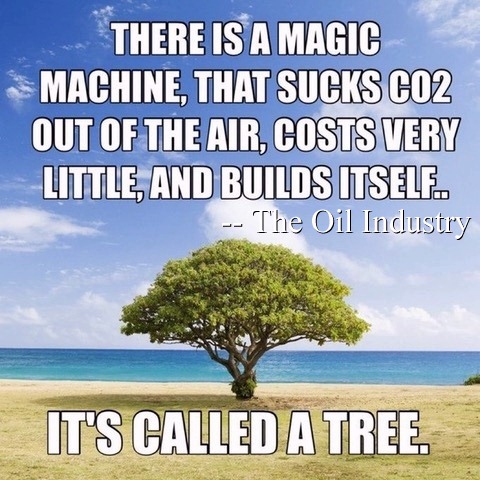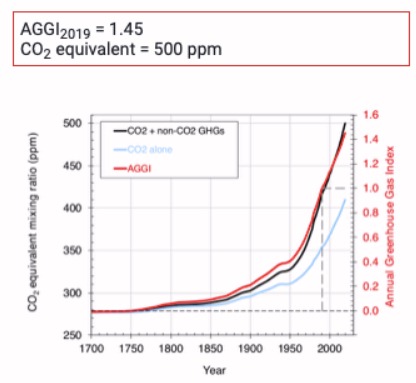[Intro]
Keep your eyes on the hands
They never leave the wrists
Misunderstands
With added twists
[Verse 1]
Wood you save the trees
Please (Oh, please)
As my soul grieves
Please (Oh, please)
[Bridge]
Keep your eyes on the hands
They never leave the wrists
Misunderstands
With added twists
[Chorus]
Fossil fuel’s fools
Corporate tools
Can’t see the trees
(Through the forest’s unrest)
As though there brains seize
[Bridge]
Irate climate primate
Can’t see clearly
At any rate,
Merely
Fossil fuel’s fools
[Verse 2]
Wood you save the trees
Please (Oh, please)
Who possibly disbelieves?
Please (Oh, please)
[Bridge]
Keep your eyes on the hands
They never leave the wrists
Misunderstands
With added twists
[Chorus]
Fossil fuel’s fools
Corporate tools
Can’t see the trees
(Through the forest’s unrest)
As though there brains seize
[Bridge]
Irate climate primate
Can’t see clearly
At any rate,
Merely
Fossil fuel’s fools
[Outro]
Wood you save the trees
Please (Oh, please)
As my soul grieves
Please (Oh, please)
A SCIENCE NOTE
Giving carbon offsets for planting trees and allowing for the continued use of fossil fuels is greenwashing and accelerates the pace of climate change. This meme is an example. Unfortunately, the meme was created by the oil industry to spread misinformation. Trees are not machines; they are inefficient ‘carbon capture facilities’ and cannot substitute for reducing fossil fuel consumption.

Trees do not permanently sequester carbon. Much of the carbon stored in a tree is in the leaves, which usually last under a year. In one case study, the average life of a tree planted for carbon credit sequestration was 7 years. Additionally, ‘Tree Extinction Due to Human-Induced Environmental Stress‘ is already lowering the life expectancy of all trees. It is extremely rare for a tree to sequester carbon for the approximate 100-year lifespan of carbon in the atmosphere. You cannot burn carbon that has been sequestered for millions of years and expect trees to help in the long run. The important role of trees in climate change is their role as guardians of the soil. In general, climate scientists are against the use of tree sequestration for carbon credits. Giving carbon offsets for planting trees while allowing for the continued use of fossil fuels is greenwashing and accelerates the pace of climate change
THE OIL INDUSTRY STRATEGY
The fossil fuel industry uses carbon offsets as a strategy to maintain and even expand the use of fossil fuels while attempting to address concerns about climate change. Here’s how this works:
- Promoting Carbon Offsets: The fossil fuel industry invests in or purchases carbon offsets, which are credits representing reductions in greenhouse gas emissions achieved by others. These offsets can come from various projects such as reforestation, renewable energy, or methane capture.
- Continuing Emissions: By purchasing carbon offsets, fossil fuel companies claim to neutralize their own emissions. This allows them to argue that they can continue extracting, refining, and burning fossil fuels without increasing their net carbon footprint.
- Public Relations: The industry uses carbon offsets as part of their public relations strategy to portray themselves as environmentally responsible. This helps to counter criticism and regulatory pressure related to their contributions to climate change.
- Regulatory Compliance: In some regions, carbon offsets are part of cap-and-trade systems or carbon pricing mechanisms. By using offsets, fossil fuel companies can meet regulatory requirements without reducing their actual fossil fuel production and consumption.
- Delaying Transition: By relying on carbon offsets, the fossil fuel industry can delay transitioning to renewable energy sources. Offsets can be cheaper and less disruptive to their current business models compared to investing heavily in clean energy technologies.
- Economic Benefits: Investing in carbon offset projects can also bring economic benefits to fossil fuel companies. For instance, they might invest in projects that align with their other business interests or use offsets to enter new markets.
The fossil fuel industry uses carbon offsets to give the appearance of reducing their environmental impact while continuing to produce and use fossil fuels. This approach helps them meet regulatory requirements, maintain public support, and delay the transition to a low-carbon economy.
THE REAL PROBLEM
The exact amount of O2 contributed and CO2 absorbed is a complicated equation on a daily or yearly basis. Trees both absorb and emit CO2. However, this calculation is relatively meaningless because CO2 has an average lifespan in the atmosphere of 100 years. In contrast, 99% of a tree’s carbon has an average cycle of 7 years. Essentially, 0% of the CO2 causing climate change is stored in a tree. The importance of trees and forests lies in their role within the soil ecosystem. Trees act as caretakers for the CO2 stored in the soil.
CANADIAN WILDFIRE CASE STUDY
For a frightening example, look at the forest fires in Canada. These fires are more intense and frequent due to human CO2 emissions. Last year, Canada’s largest contributor to CO2 emissions was wildfires. While this may not be a significant factor in the long term, as that CO2 would have returned to the atmosphere within 50 years anyway, it creates a feedback loop that accelerates climate change.
But it gets worse. The real feedback loop problem is the permafrost. Forest fires and a warming climate have ignited the permafrost, causing ‘zombie fires’ that burned all winter under the snow and continue to burn this year. Millions of years of CO2 are stored in the permafrost. While we do not know exactly how much carbon is stored in nature, it is reasonable to assume that temperatures could be pushed from 3 degrees to 6 degrees above pre-industrial levels. Humans cannot thrive above a rise of 1.5 degrees. Much of the Earth will be uninhabitable if the temperature rises an additional 6 degrees Celsius. If humans also add 3 degrees Celsius, the temperature and humidity will approach a wet-bulb temperature that will not sustain human life.

